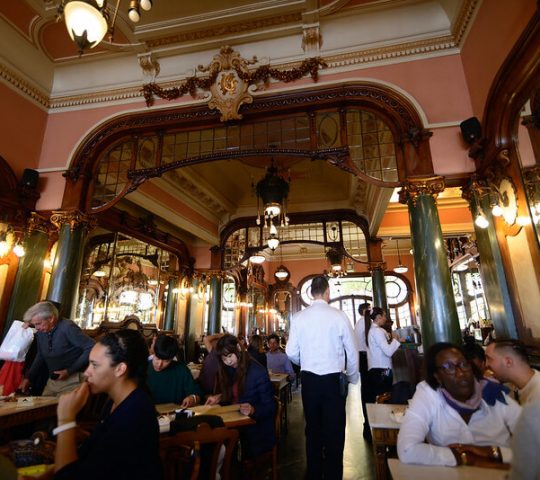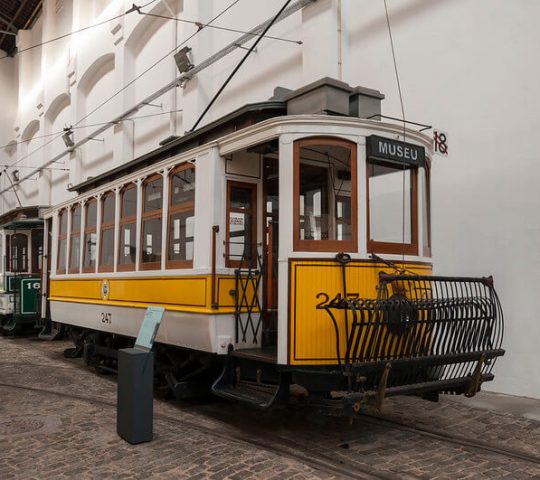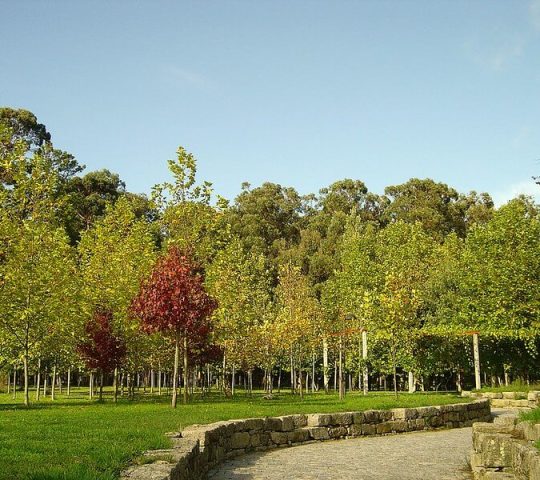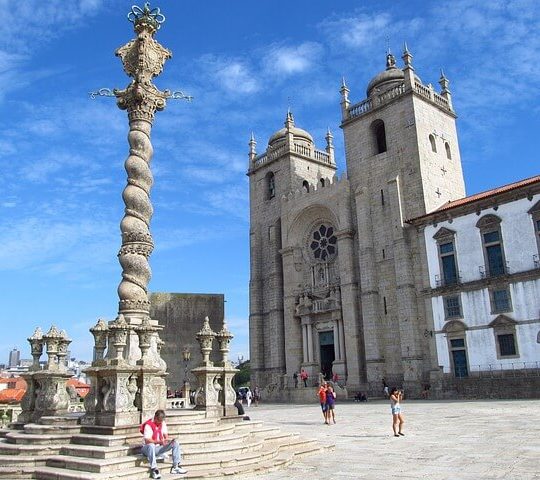PORTO
Discover all the secrets of the city.
PLACES IN PORTO
Other Places
Restaurants
Majestic Cafe
€€€
Museums
Tram Museum
Parks
Porto City Park
Free
Churches
Porto Cathedral
€






